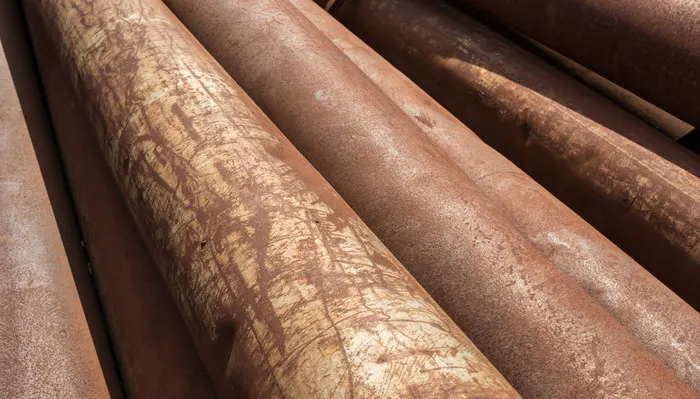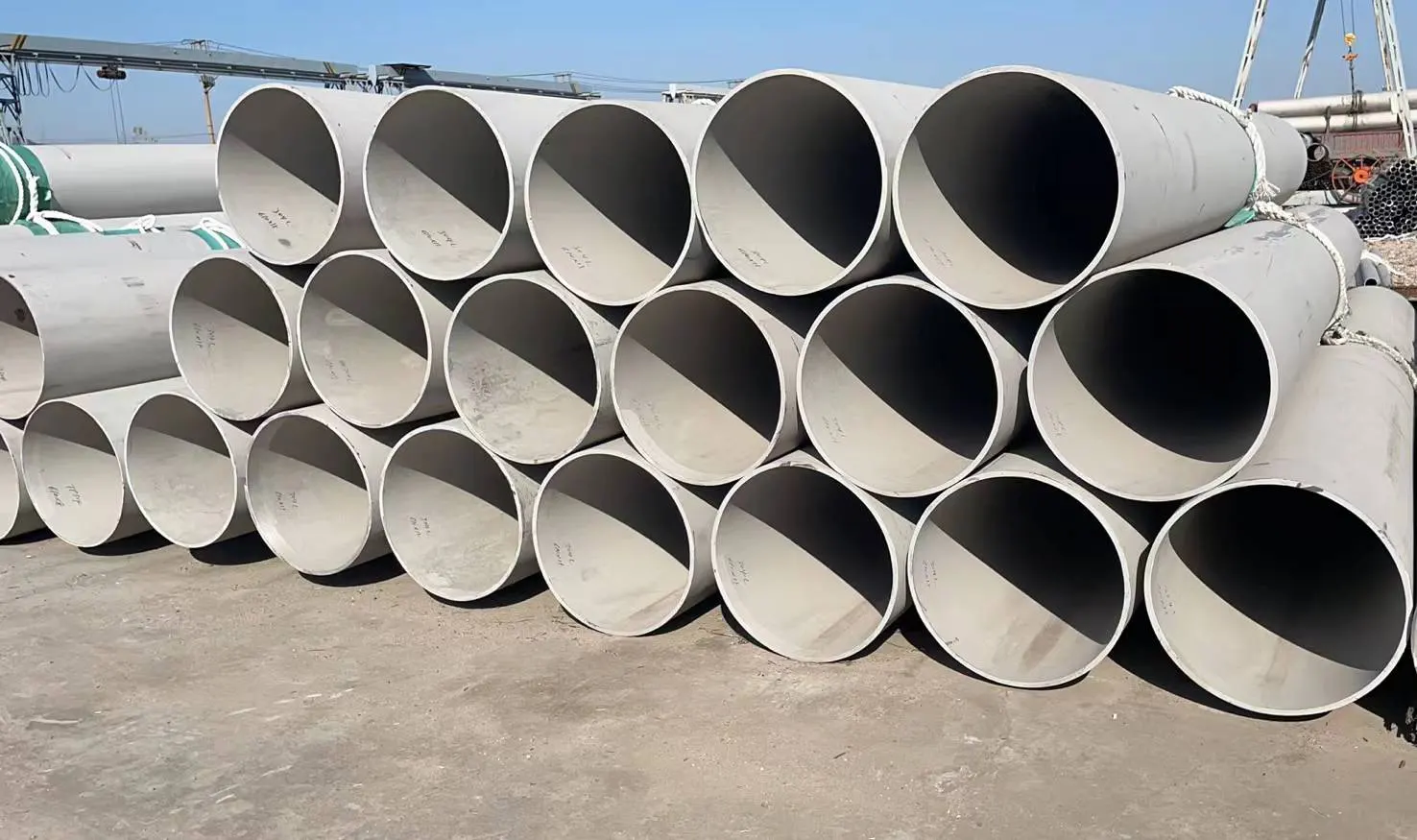What is Carbon Steel ?This fundamental question introduces one of the most widely used materials in heavy industry and construction.This durable alloy of iron and carbon forms the bedrock of modern infrastructure.It is valued primarily for its strength,hardness and low cost.When comparing materials,many professionals weigh the advantages of stainless steel and carbon steel carefully.
What is Carbon Steel ?
It is essentially an iron alloy.Its primary alloying element is carbon.It typically contains between 0.05% and 2.0% carbon by weight.Unlike stainless steel,it lacks significant amounts of expensive alloying elements.Specifically,it contains little to no cromo,nickel or molibdênio.The teor de carbono primarily dictates the steel’s physical properties.
O que fazemos
- Placa
- Folha
- Forjados
- Barra redonda
- Mesa
- Tubos
- Conexões
- Personalizado
Entre em contato conosco para obter mais informações
Classification by Carbon Content
It is generally categorized into three main groups.These groups are based on the percentage of carbon present in the alloy.This classification helps determine the material’s intended use.
Low-Carbon Steel (Mild Steel)
This type contains up to 0.30% carbon.It is the most common and least expensive grade of steel.It exhibits exceptional ductility and weldability,finding widespread application in general construction and structural components.
Medium-Carbon Steel
The carbon content of this type of steel ranges from 0.30% to 0.60%.This higher carbon content enhances its strength and hardness,making it commonly used for manufacturing axles,drive shafts and railway tracks.This type of steel requires tratamento térmico to achieve its optimum performance.
High-Carbon Steel
This category contains carbon levels ranging from 0.60% to 2.0%.It represents the hardest and highest-strength type.The Steel is typically employed in the manufacture of springs and components subject to high wear.Its ductility is poor,and welding becomes significantly more challenging.
Principais vantagens
This material possesses outstanding tensile strength,enabling it to withstand considerable tensile forces before fracture.The increased carbon content effectively enhances its load-bearing capacity.
Carbon steel is considerably cheaper than specialty alloys.Its low cost makes it ideal for large-scale structural projects.Which is the primary factor in deciding whether to use stainless steel or carbon steel.
Low-carbon and medium-carbon steels are relatively easy to cut and form,which simplifies manufacturing and processing procedures,thereby reducing tooling-related time and costs.
Carbon steel is readily weldable and formable,with a wide range of applications from bridges to mechanical components.Its adaptable nature satisfies diverse manufacturing requirements.
Key Disadvantages
This steel rusts easily when exposed to moisture and oxygen.This requires constant protective measures,such as painting or galvanizing.Its lifespan is severely limited in wet environments.
This type of steel exhibits a significant reduction in mechanical strength at elevated temperatures and is unsuitable for extreme high-temperature conditions.Specialised alloy steels must be employed for high-temperature applications.
The material surface is typically dull and requires painting.It lacks the bright,clean finish of stainless steel.This limits its use in consumer-facing or sanitary applications.
You May Also Want To Read These Posts About Sanitary:
O que é a ISO 2853: Padronização de acessórios para tubos sanitários?
O que são os padrões sanitários 3-A para conexões sanitárias?
Como escolher os tubos e conexões sanitárias corretos
Válvula sanitária VS válvula comum: qual é a diferença?
High-carbon steel is brittle and hard in nature,requiring preheating and tratamento térmico pós-soldagem.This is undertaken to prevent the formation of cracks during the processo de soldagem.
Comparison of Key Properties
| Propriedade | Aço carbono | Aço Inoxidável |
|---|---|---|
| Resistência à corrosão | Poor (Requires Coating) | Excellent (Self-healing) |
| Custo | Baixa | Alta |
| Elemento primário | Carbono | Crómio |
| Magnético | Yes | Usually No (Austenitic) |
| Manutenção | High (Requires Painting) | Baixa |
Typical Carbon Steel Grades and Applications
| Grade Category | Common Standard | Key Use |
|---|---|---|
| Low Carbon | ASTM A36 | Structural shapes, plates |
| Pipe Grade | ASTM A106 Grade B | Cano de aço inoxidável (alternative) |
| Fitting Grade | ASTM A234 WPB | Conexões para tubos de aço inoxidável (alternative) |
| Alto Rendimento | API 5L X Series | Oil & Gas Pipelines |
Contate-nos
- RM901 No.22 Tangjiaqiao Road Wenzhou China
- +86 577 8551 1171
- [email protected]
- https://www.kaysuns.com/



